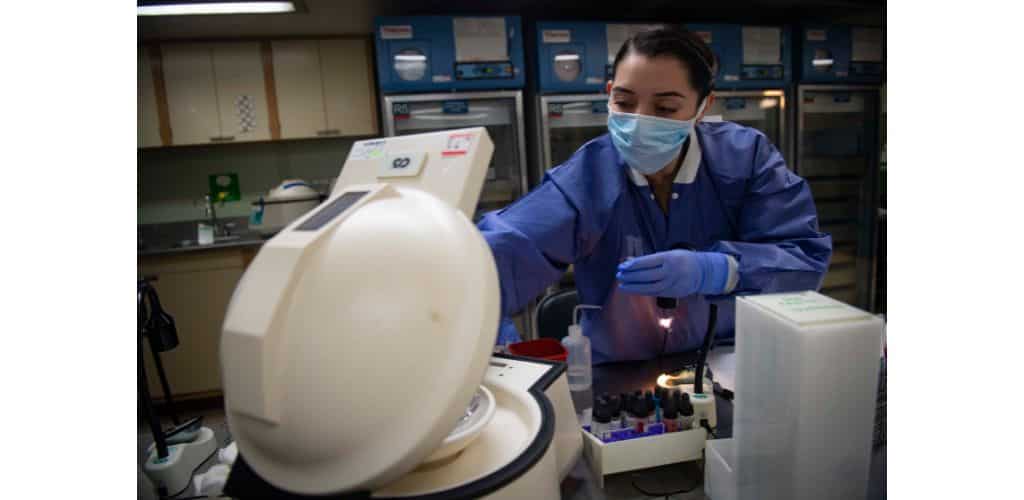The Federal Circuit has affirmed in part and reversed in part a district court ruling on an alleged misappropriation of trade secrets for blood analysis technology.
As the court noted,
Alifax makes automated clinical instruments used to determine the erythrocyte sedimentation rate (“ESR”) of human blood samples. … An employee of an Alifax subsidiary, Mr. Francesco A. Frappa, left the company and began working for Alcor. Id. Within a year, Alcor offered a new ESR instrument of its own, the iSED, with analytical capabilities comparable to the Alifax devices.
In October 2014, Alifax sued Alcor and Frappa for trade secret misappropriation under the Rhode Island Uniform Trade Secrets Act (“RIUTSA”).
Alifax also sued only Alcor for infringement of two of its US patents and for copyright infringement.
Alcor counterclaimed seeking, among other things, declaratory judgment of patent invalidity.
However, by the time of the jury deliberations the only issues remaining related to trade secret misappropriation.
As the court explained,
Alifax presented multiple theories of trade secret misappropriation to the jury. There are two trade secrets relevant to this appeal: the conversion algorithm trade secret, which comprises “[p]ortions of computer program source code concerning the conversion of photometric measurements, including source code containing four specific conversion constants,”… and the alleged signal acquisition trade secret, which involves “the process by which Alifax’s devices gathered ESRrelated raw data through signal acquisition.”
But the court struck the alleged signal acquisition trade secret from the jury verdict form, finding there to be “no . . . record evidence of trade secrets involved in any of the steps that are discussed . . . [regarding] how the apparatus would be programmed to operate, other than with respect to the conversion algorithm . . .”
The jury returned a verdict finding Alifax had proved that the conversion algorithm was a trade secret and that Defendants had misappropriated that trade secret.
After the trial, the district court granted Defendants a new trial on both liability and damages for the conversion algorithm trade secret. Regarding liability, the court found that the verdict was against the clear weight of the evidence, reasoning
that because there was little evidence that Alifax’s algorithm could produce highly accurate results in a non-Alifax device, Defendants could not have used Alifax’s algorithm for any purpose.
On appeal, the Federal Circuit held that the district court didn’t err by preventing the jury from considering the alleged signal acquisition trade secret, finding that Alifax had failed to show the existence and scope of the alleged trade secret under RIUTSA:
A plaintiff must do more than just identify a kind of technology and then invite the court to hunt through the details in search of items meeting the statutory definition.
To meet its burden, said the court, the trade secret owner must “describe the subject matter of its alleged trade secrets in sufficient detail to establish each element of a trade secret.”
Here, said the court,
Alifax not only failed to describe the alleged signal acquisition trade secret with sufficient detail but also failed to identify its proper scope. At oral argument, Alifax alleged that the signal acquisition trade secret is “how to acquire photometric signals from a blood sample.”…. But this definition only provides a high-level summary of the purpose of the alleged trade secret without describing it in detail.
Because Alifax failed to identify the scope of the alleged trade secret, a jury would not be able to distinguish “[w]hich aspects are known to the trade” from those “which are not.”
The lesson for plaintiffs is that you can’t be conclusory in making a trade secret infringement claim. You need to get into the details of what exactly was allegedly stolen and why it was secret – not just state what the technology was used for.
Just like the haiku above, we like to keep our posts short and sweet. Hopefully, you found this bite-sized information helpful. If you would like more information, please do not hesitate to contact us here.


